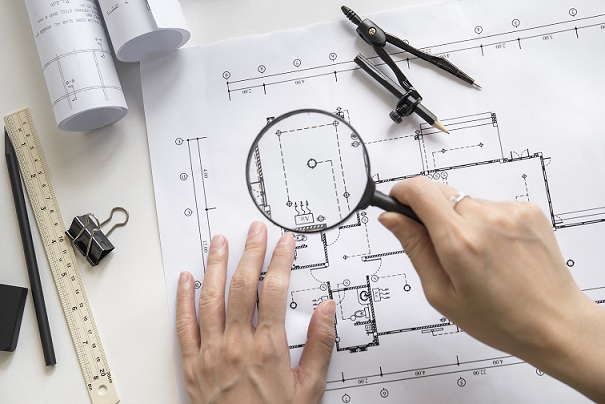Forging is a process of changing the mechanical properties and changing the shape of products as per requirements.
The Forged products are mostly used for heavy duty applications. It is widely used in various industries across the industrial sectors.
Characteristics of forgings – Steel forge parts offer a higher degree of reliability and tolerance capabilities
Steel forgings offer uniformity of composition and structure. They have minimum variation in machinability and mechanical properties
Forged steel parts are stronger and more reliable than machined or cast parts
Steel forgings make possible designs that accommodate high loads and stresses
Steel forgings are used when quality cannot be questioned
Steel forge parts are free from gas voids, pockets, or cooling defects which can lead to load failure
Steel forging can be classified into the following categories depending on the forming temperature:
- HOT FORGING OF STEEL: The forging temperature is between 950 and 1250 degree Celsius, above the recrystallization temperature. It results in good formability and requires low forming forces.
- WARM FORGING OF STEEL: The forging temperature is between 750 and 950 degrees Celsius. It leads to limited formability and requires higher forming forces than for hot forging.
- COLD FORGING OF STEEL: The forging temperature is at room condition, self-heating up to 150 degrees Celsius due to the forming energy. It results in low formability and needs high forming forces.
Characteristics of Forgings – The characteristics of forged steel such as strength and resistance benefit every industry from automotive to agricultural machinery and manufacturing. Steel forgings serve as pipe fittings in the oil and gas industry whereas as pulleys and gear wheels in the automotive industry. The aircraft industry benefits from the strength of forged steel in their fasteners and airframe members.
While Third Party Inspection of Forged Products
At the start of the inspection, the inspector needs to verify several documents, records, etc.
The inspector needs to know the method of inspection such as dimensional, visual, performance, mechanical properties, Chemical properties, stuffing, etc.
- Calibration certificates and instrument conditions
- Firstly, the document verification – which includes Raw Material Test Reports, Testing Laboratory credentials (accreditations, Competency, capability, etc)
- In-house factory test report verification
- Quantity Verification
- Visual Inspection
- Dimensional Inspection
- Performance Monitoring
What Are Points Considered During The forging Product Inspection the Inspector Should Know?
Types of Forgings – Hot Forging & Cold forgings, further the foraging can be made by open die forgings & closed die forgings, drop forging,
Knowledge of the Application of forging & its intended use – widely used for Manufacturing Automobile Parts, pistons, connecting rods, cams, camshafts, crankshafts, valves, distributor housings, balance shafts, Driving gear, Power trains, Undercarriage, Brake system
Types of forging defects that can be found during the inspection.
- Unfilled sections
- Cold Shut
- Scale pits
- Die shift
- flakes
- Improper grain flow
- Corrosion,
- Damage,
- Bend,
- Crack,
- Pitting.
Types of Testing
- Hardness Test
- Mechanical properties testing (Tensile, Impact)
- Physical testing (acid pickling, internal soundness, inclusion, micro testing, grain size)
- Chemical composition.
- Metallurgical Test
- Impact Test
- Bend Test
- NDT (RT,UT,MPI,VT etc)
Knowledge & Type of Document Review during the inspection.
- Raw Material Test Certificate
- Calibration Certificate
- Process Control Plan
- In-house Factory Inspection and Testing Report
- Customer Po
- In-process Report
- Final Inspection Report
- Lab Test Report
Knowledge & Type of measuring/testing equipment used during inspection.
1. Vernier Caliper
2. Micrometer
3. Tape
4. Height Gauge
5. Go NOGO Gauge
6. Load Test Machine
7. Hardness Test
8. Tensile Test
9. NDT Testing Equipment
Third-Party Inspection Agency – who provides the Third-Party Inspection service – generally selects the inspectors for Forging inspection – who have prior experience and knowledge in forging product manufacturing and Inspection & Testing. In case of non-availability of the resource Third Party Inspection agency – provide the Mentored Training Inspector under the experienced Inspector and develop the competency of the Inspector to get qualified in the inspection of Forging products.
There is a wide requirement for Third-Party Inspection In India for forging products – So this content Could help the inspectors to understand – who wants to build a career in Third Party Inspection Agency in India. Also, buyers & Supplies of Forging products can get more competent Third-Party Inspection Agencies in India with high-quality competency to deliver Third-Party Inspection services to enhance the reliability of products.
